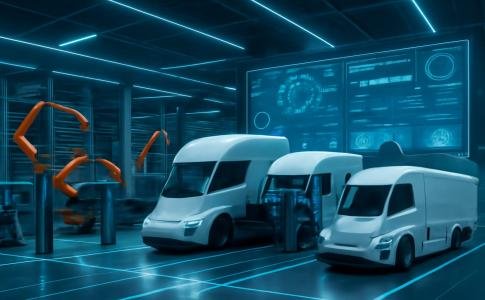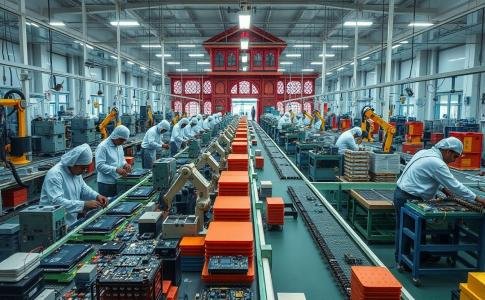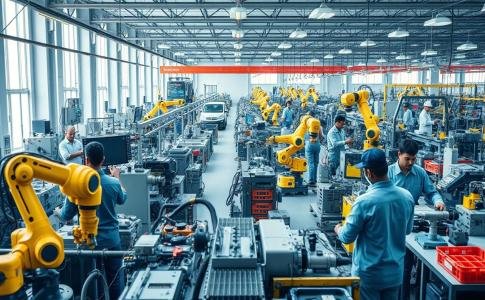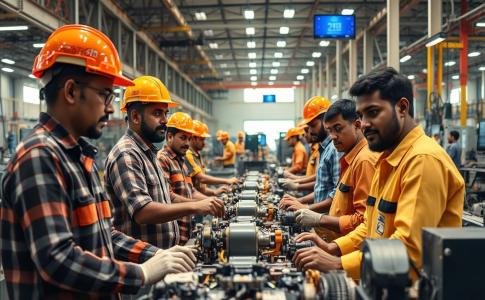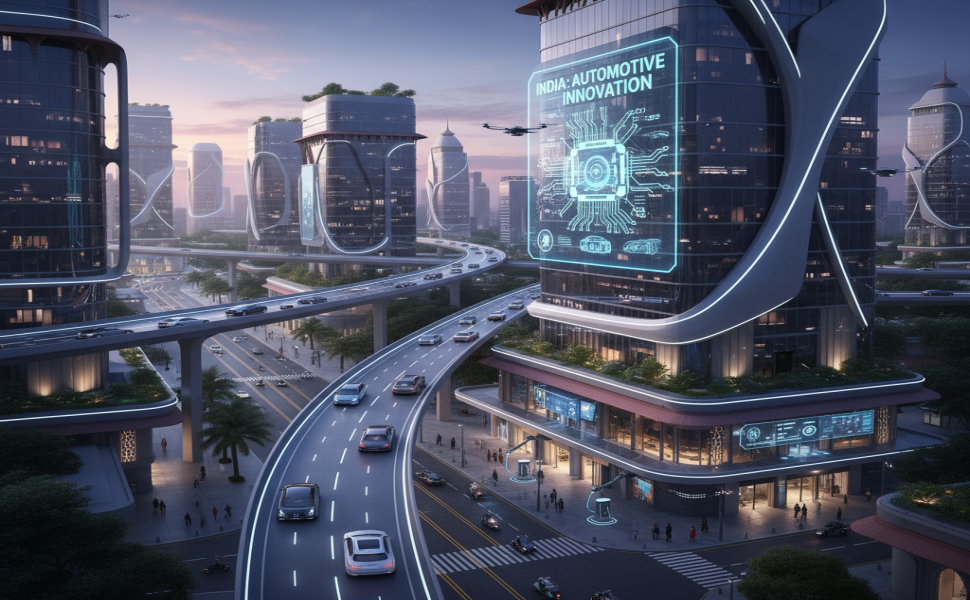
Why India's $200B Automotive Market is the Next Big Investment Opportunity ?
India's Automotive Revolution: Market Set to Reach 7.5M Units by 2030
India's automotive sector is experiencing unprecedented transformation, positioning the country as the world's third-largest automotive market. With combined passenger and commercial vehicle sales projected to grow from 5.1 million units in 2023 to 7.5 million by 2030, India presents compelling opportunities across multiple segments.
Key Market Drivers
The automotive boom is fueled by robust economic fundamentals. India's GDP per capita is expected to nearly double from $2,497 to $4,587 by 2030, while the middle-class population expands from 432 million to 715 million. With just 33 vehicles per 1,000 inhabitants compared to 596 in France, India has significant room for motorization growth.
The SUV Dominance Story
SUVs are reshaping India's automotive landscape, currently holding 50% market share and projected to reach 60% by 2030. Consumer preference has shifted toward spacious, versatile vehicles with enhanced safety features. Compact SUVs have become particularly popular as their prices now overlap with smaller cars, making them accessible to budget-conscious buyers.
Electrification Takes Center Stage
India's EV ecosystem is rapidly evolving with strong government support. The PM E-Drive scheme allocates ₹10,900 crore for EV promotion, targeting installation of 72,300 public charging stations. By 2030, electric penetration is expected to reach:
- Two-wheelers: 51% (13 million units)
- Three-wheelers: 85.4% (1.35 million units)
- Passenger vehicles: 19% (1.1 million units)
- Commercial vehicles: Significant growth in e-buses and light commercial vehicles
The tipping point for EVs is projected for 2038, when battery electric vehicle sales will surpass traditional ICE vehicles.
Commercial Vehicle Boom
The commercial vehicle segment will grow from 968,000 to 1.5 million units by 2030, driven by India's expanding e-commerce market (projected to grow from $60 billion to $260 billion GMV by 2032) and infrastructure investment of ₹143 trillion through FY 2030.
Digital Transformation
Connected vehicle penetration is expected to reach 88% by 2025, with OEMs competing to offer advanced features from mid-trim levels. ADAS (Advanced Driver Assistance Systems) adoption is accelerating, with Level 2 autonomous features becoming more prevalent across vehicle segments.
Emerging High-Growth Areas
Used Car Market: Sales will triple from 5.7 million to 15.2 million units by 2030, with organized players expected to capture 45% market share through digital platforms and transparent processes.
Premium Segment: India is becoming the "chauffeur capital" due to traffic congestion, driving demand for long-wheelbase luxury vehicles with enhanced rear-seat comfort and mobile office features.
Aftermarket E-commerce: Expected to capture 3-5% of total parts sales by 2030, focusing on DIY and low-labor-intensive components.
Regulatory Impact
The upcoming Bharat Stage-7 (BS7) emission norms will accelerate the phase-out of diesel engines in entry-level segments while promoting alternative fuels like CNG, flex-fuel, and hybrid options. This regulatory shift will drive significant investment in advanced emission control technologies.
Looking Ahead: Mission 2047
India's Automotive Mission Plan 2047 aims to establish the country as a global manufacturing and R&D hub, focusing on EV battery manufacturing, alternative fuels, and creating global automotive brands rather than just global cars.
Investment Opportunities
The transformation presents opportunities across the value chain:
- Battery manufacturing: Capacity expected to reach 1,000-1,500 GWh by 2030
- Charging infrastructure: Massive investment in public and private charging networks
- Connected services: Recurring revenue models through digital subscriptions
- Component localization: Reducing import dependency through domestic manufacturing
India's automotive revolution represents more than market growth—it's a fundamental shift toward sustainable, connected, and consumer-centric mobility solutions. With government support, technological advancement, and changing consumer preferences converging, India is poised to become not just a major automotive market, but a global leader in automotive innovation and manufacturing.

